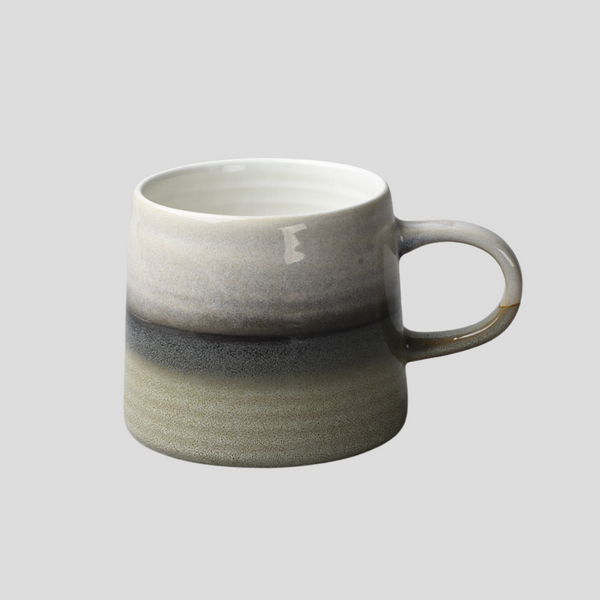
Exploring the World of Chase Japan Ceramics: A Guide
Japan has long been celebrated for its rich history of ceramics, encompassing an array of styles from the ruggedly naturalistic to the elegantly refined. Among these, Chase Japan ceramics hold a special place for collectors and enthusiasts alike, offering a glimpse into the artistry and craftsmanship that characterize Japanese ceramic traditions. This guide aims to illuminate the world of Chase Japan ceramics, guiding you through their history, distinguishing features, and tips for starting or enriching your collection. The genesis of Chase Japan ceramics traces back to the late 19th and early 20th centuries, a period marked by significant cultural exchange between Japan and the Western world. While the term Chase does not denote a specific location or artist in Japan, it is often used in the context of Western collections and the export market to describe pieces that embody the elegance and craftsmanship of Japanese ceramic art. These items were prominently exported to Europe and America, captivating Western audiences with their beauty and exotic appeal. Chase Japan ceramics are renowned for their diverse range of styles, glazes, and decoration techniques. Some of the most notable characteristics include: Despite the variety, Chase Japan ceramics commonly share a deep respect for natural aesthetics and the masterful application of age-old techniques. Starting or expanding a collection of Chase Japan ceramics can be a fulfilling endeavor, offering not only aesthetic pleasure but also a tangible connection to Japanese culture and history. Here are some tips for collectors: Whether you're drawn to the bold colors of Kutani ware or the serene elegance of Raku, collecting Chase Japan ceramics offers a rewarding exploration of Japan's artistic heritage. Chase Japan ceramics embody the beauty, craftsmanship, and cultural depth of Japanese ceramic traditions. As you delve into this captivating world, each piece you encounter tells a story of artistic endeavor and cultural exchange. Whether you're an avid collector or a casual admirer, the diverse array of Chase Japan ceramics provides endless opportunities for exploration and appreciation. With a thoughtful approach to collecting, you can cultivate not only a collection of significant aesthetic and historic value but also a deeper understanding of the rich cultural tapestry that is Japanese ceramics.Exploring the World of Chase Japan Ceramics: A Guide
The History of Chase Japan Ceramics
Characteristics of Chase Japan Ceramics
Collecting Chase Japan Ceramics
Conclusion

















































